I completed Anton Potočniks' introductory guide to the red pitaya board and I am now able to send commands from the linux machine running on the SoC to its FPGA logic.
I would like to further modify the project so that I can control the phase of the signal that is being transmitted via the red pitayas' DAC. Some pins (from 7 down to 1) of the first GPIO port were still unused so I started setting them from within the OS and used the red pitaya's LEDs to confirm that they were being set without interfering with the functionality of Anton Potočnik's "high bandwidth averager".
I then set the DDS_compilers' to Phase Offset Programmability to "streaming" mode so that it can be configured on the fly using the bits that are currently controling the red pitaya's LEDs. I used some slices to connect my signals to the AXI4-Stream Constant IP core, which in turn drives the DDS compiler.
Unfortunately the DAC is just giving me a constant output of 500 mV.
I created a new project with a testbench for the DDS compiler, because synthesis takes a long time and doesn't give me much insight into what is happening.
Unfortunately all the output signals of the DDS compiler are undefined.
My question:
What am I doing wrong and how can I proceed to control DACs' phase?
EDIT1; here is my test bench
The IP core is configured as follows, so many of the control signals that I provided should not be required:
EDIT2; I changed declarations of the form m_axis_data_tready => '0' to m_axis_phase_tready => m_axis_phase_tready_signal. I also took a look at the wrapper file called dds_compiler_0.vhd and saw that it treats both m_axis_phase_tready and m_axis_data_tready as inputs.
My simulation results remained unchanged...
My new test bench can be found here.
EDIT3: Vivado was just giving me the old simulation results - creating a new testbench, deleting the file under <project_name>.sim/sim_1/behav/xsim/simulate.log and restarting vivado solved this problem.
I noticed that the wrapper file (dds_compiler_0.vhd) only has five ports:
aclk(in)s_axis_phase_tvalid(in)s_axis_phase_tdata(in)m_axis_data_tvalid(out)- and
m_axis_data_tdata(out)
So I removed all the unnecessary control signals and got a new simulation result, but I am still not recieving any useful output from the dds_compiler:

The corresponding testbench can be found here.
I also don't get any valid output when I include the control signals.

The corresponding testbench can be found here.


